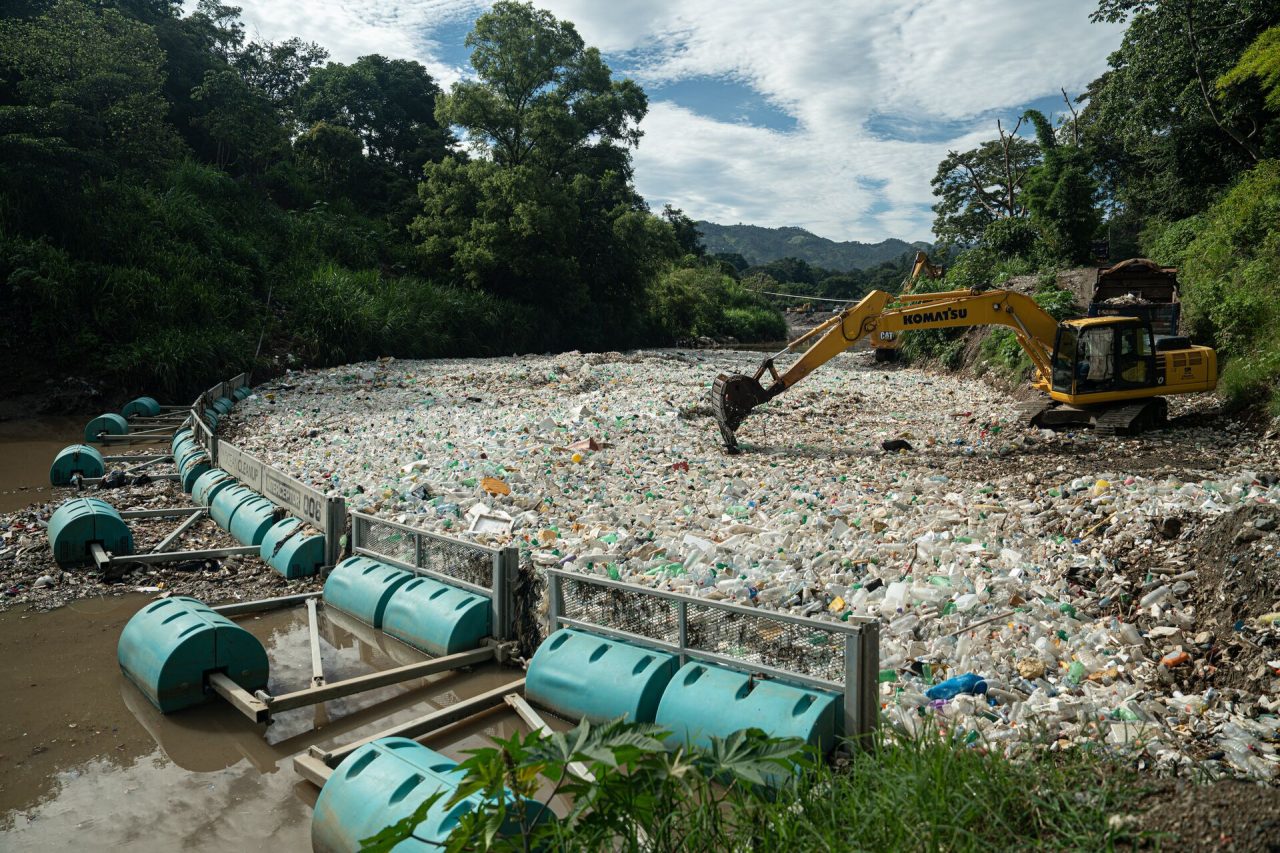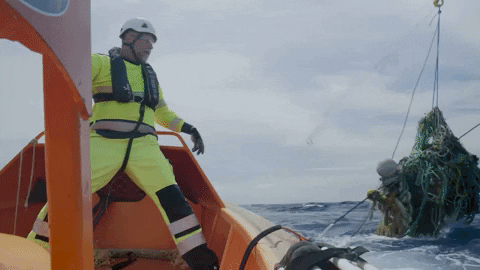
Hawaiian sailors hunting plastic
Back to press- Transpacific Yacht Race (Transpac) sailors in Hawaii are gearing up to take part in The Ocean Cleanup’s Pacific Data Expedition 2025 to help map plastic in The Great Pacific Garbage Patch (GPGP).
- Participants from the 2,225 nautical mile race, which recently finished off Honolulu’s Diamond Head, are now preparing their boats for the expedition.
For the return to California, from the Hawaii Yacht Club in Honolulu following the 53rd edition of the Transpac, the boats are being fitted with AI cameras to detect plastic in the world’s largest accumulation of floating plastic. They will also be given GPS drifter buoys to deploy at specific locations to tag discarded nets and other abandoned gear.
Estimated to contain around 100,000 tons of plastic, the GPGP covers an area twice the size of Texas and is mostly comprised of ghost nets and other fishing gear, complemented by a wide array of plastic pieces dating back to the 1960s.
The non-profit organization, whose mission is to rid the world’s oceans of plastic, has removed more than one million pounds of trash from the GPGP over the past four years.
Dr. Peter Puskic, Senior Field Scientist at The Ocean Cleanup, is fitting the boats out with the high-tech equipment for the return leg.
He said: “The GPGP is an ever-moving plastic soup that impedes the ocean’s ability to help regulate the climate and is harmful to marine life. Technology has a big part to play in the future ocean cleanup and we’re grateful that the Transpac sailors have volunteered to help improve scientific understanding of the scale and positioning of the plastic.”
Sailing boats taking part are being fitted with AI cameras called Automatic Debris Imaging Systems (ADIS), to monitor and map the distribution of plastic debris.
The lightweight cameras will take photos of plastics afloat at sea and send the data back to The Ocean Cleanup HQ in Rotterdam, The Netherlands. This will enable the organization to map plastic hotspot concentrations and use predictive software to track their movement using ocean circulation, wave, and wind data.
The GPS tracking buoys will be used to tag lost, or abandoned, fishing gear and ghost nets. This will also help track and model where these large items are floating and pinpoint them for smart, targeted, future cleanup efforts.
Click here to find out more information.
About The Ocean Cleanup
The Ocean Cleanup is an international, mission driven, non-profit that develops and scales technologies to rid the world’s oceans of plastic. They aim to achieve this goal through a dual strategy: intercepting in rivers to stop the flow and cleaning up what has already accumulated in the ocean. For the latter, The Ocean Cleanup develops and deploys large-scale systems to efficiently concentrate the plastic for periodic removal. This plastic is tracked and traced to certify claims of origin when recycling it into new products. To curb the tide via rivers, The Ocean Cleanup has developed Interceptor™ Solutions to halt and extract riverine plastic before it reaches the ocean. As of May 2025, the non-profit has collected over 27 million kilograms (59.4 million pounds) of trash from aquatic ecosystems around the world. Founded in 2013 by Boyan Slat, The Ocean Cleanup now employs a broadly multi-disciplined team of approximately 200 people. The organization is headquartered in Rotterdam, the Netherlands, with international operations in 10 countries.

